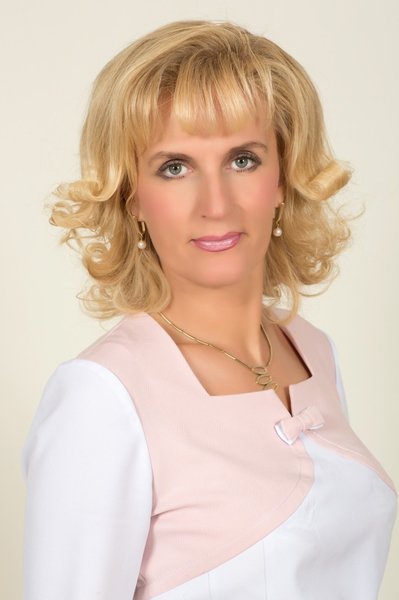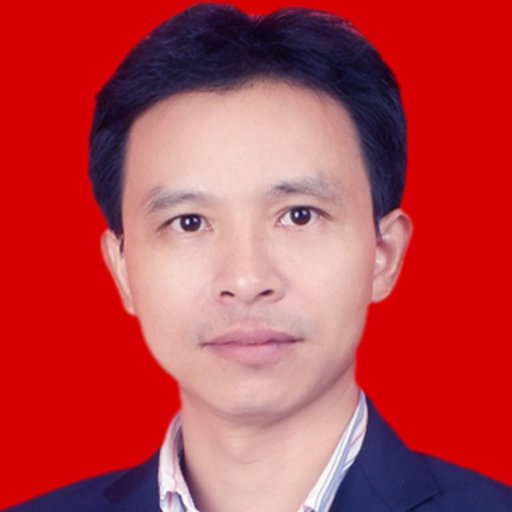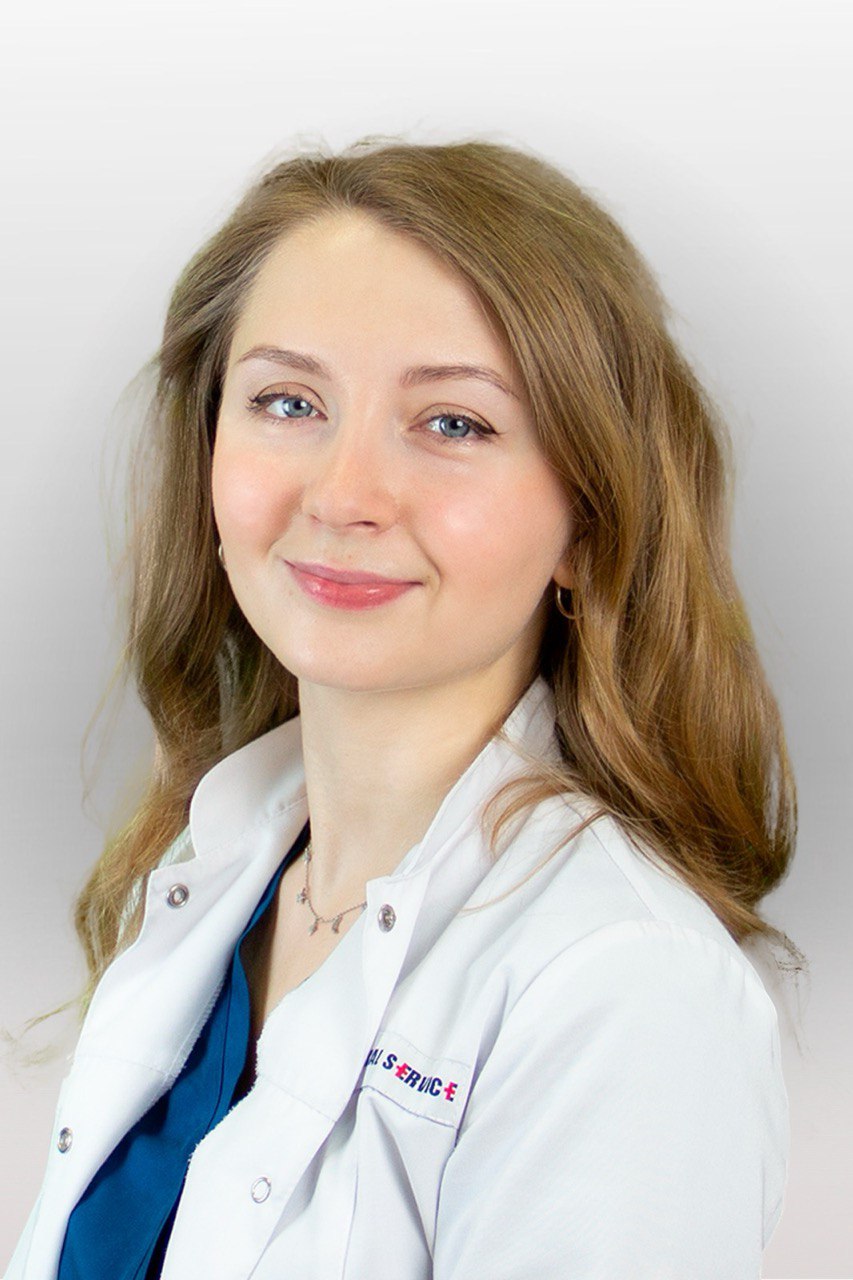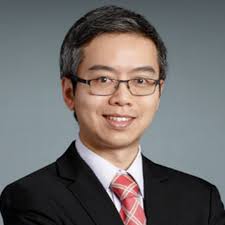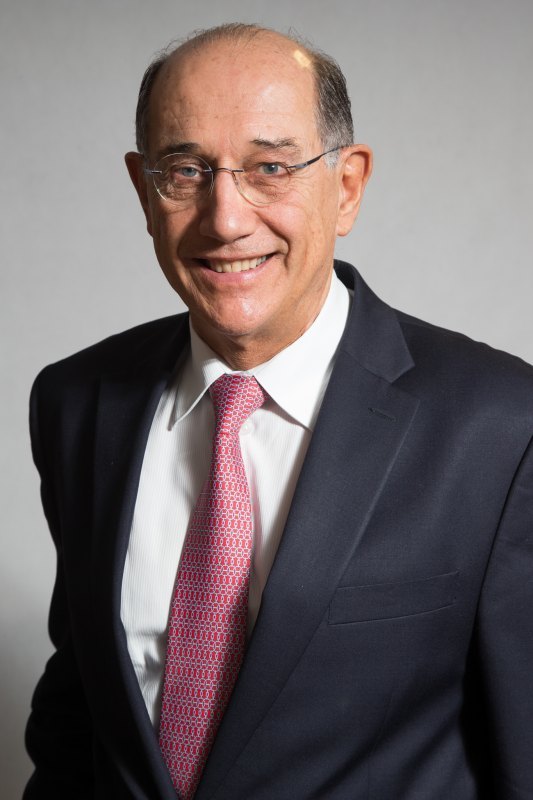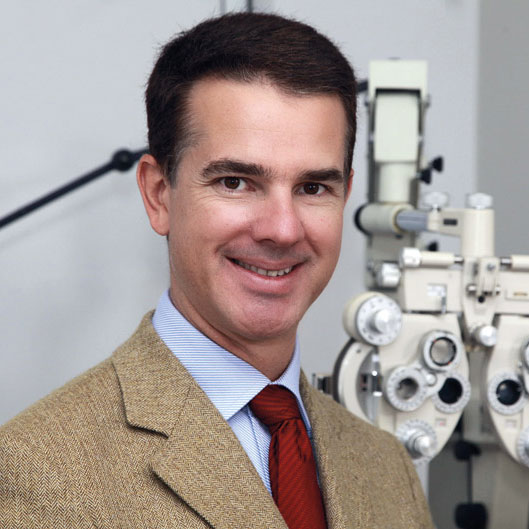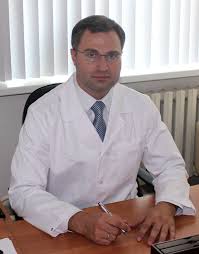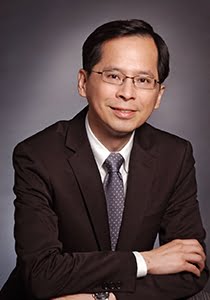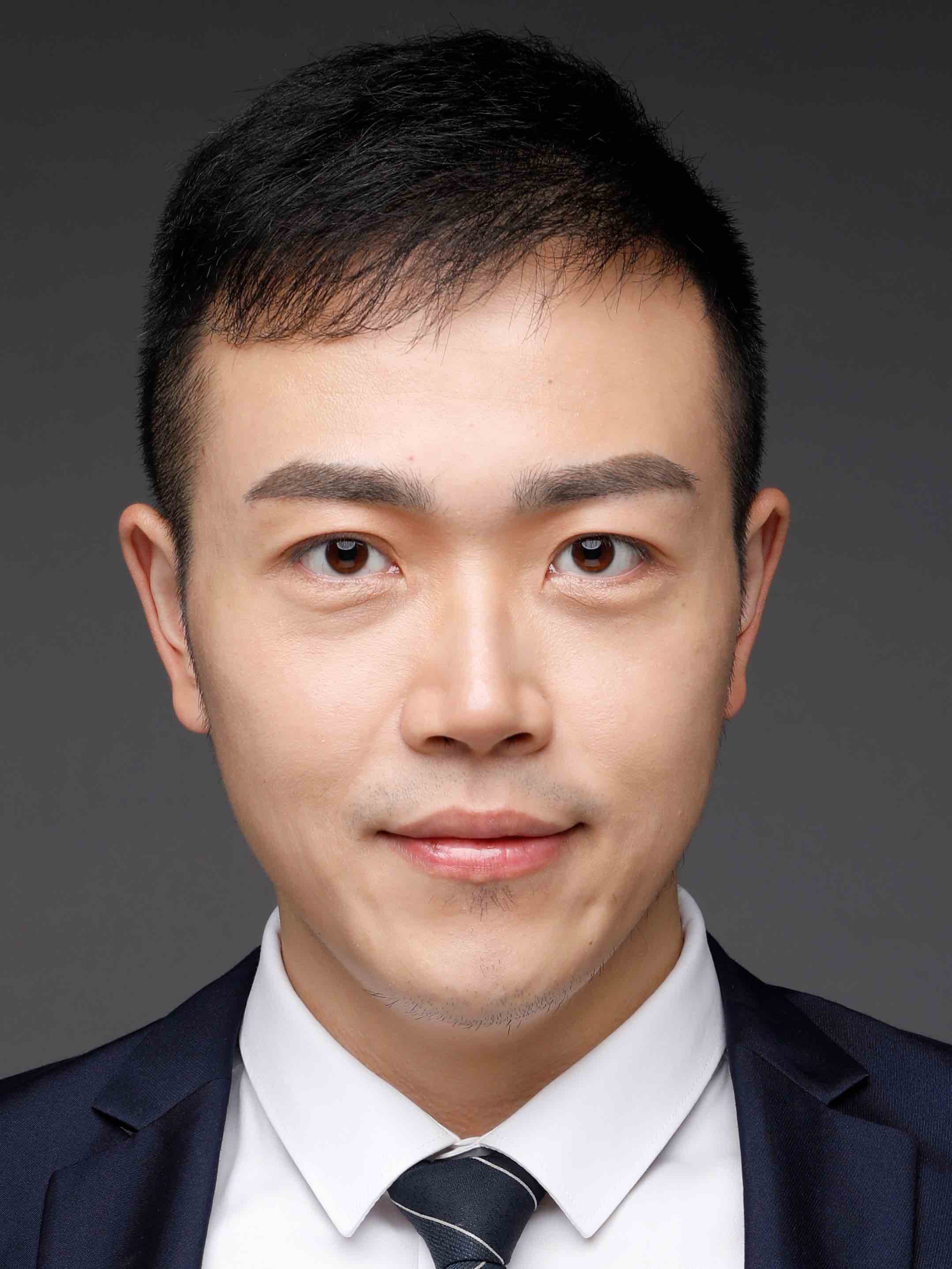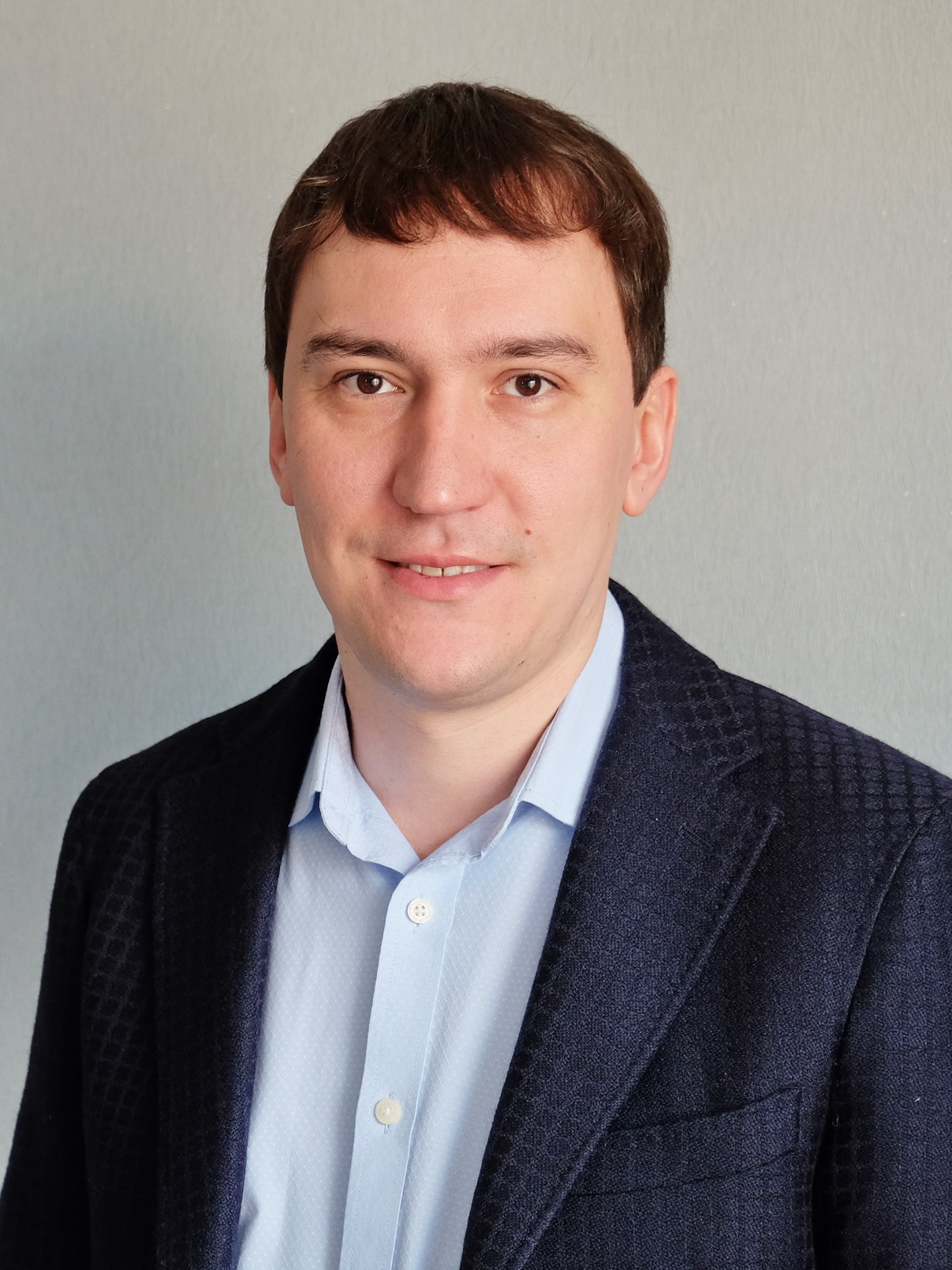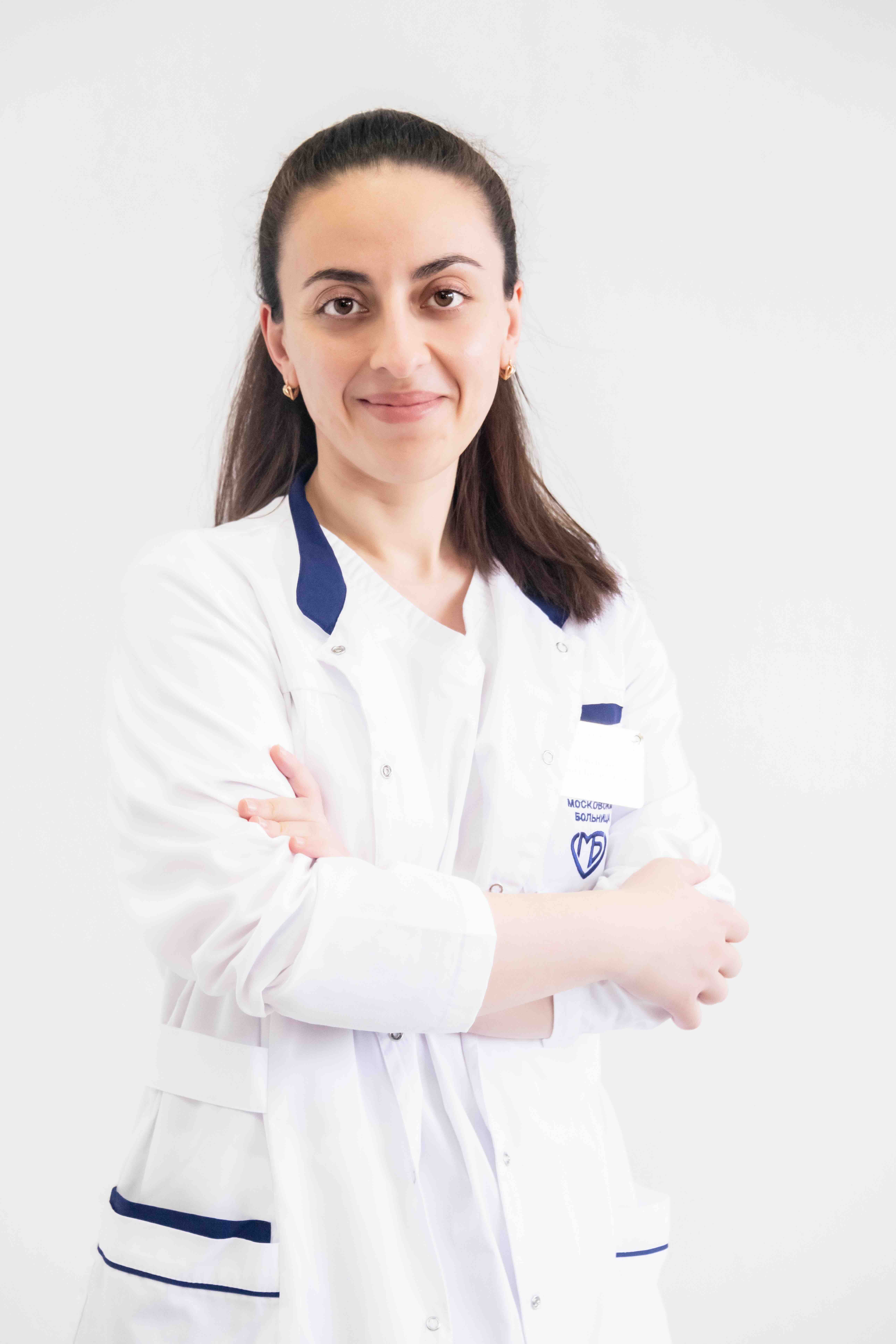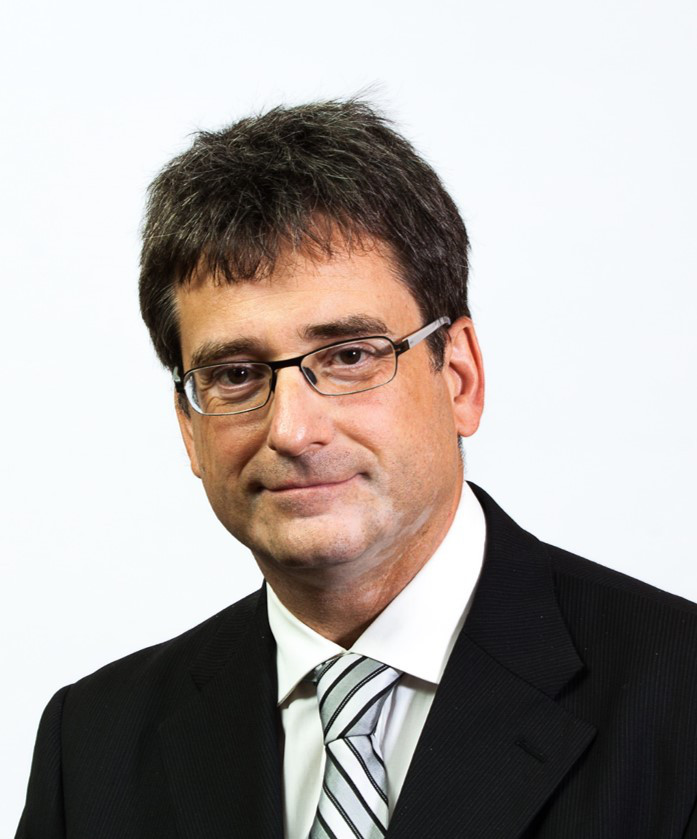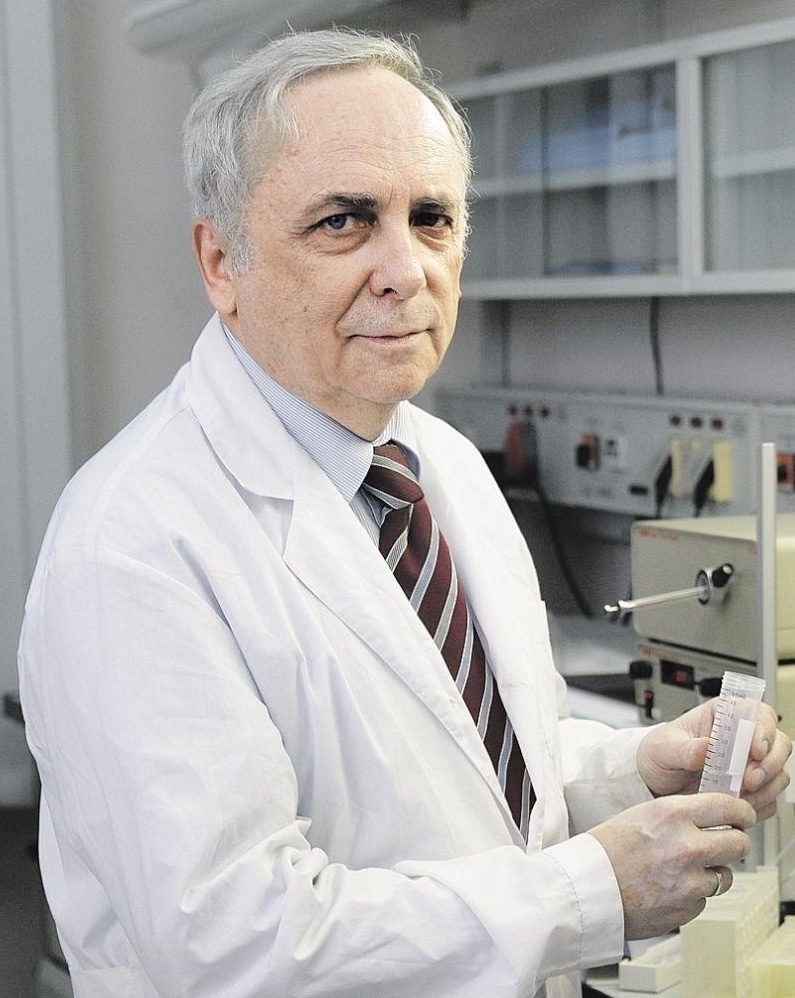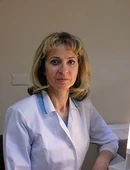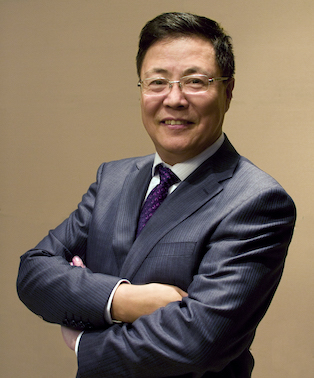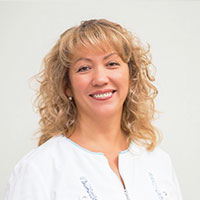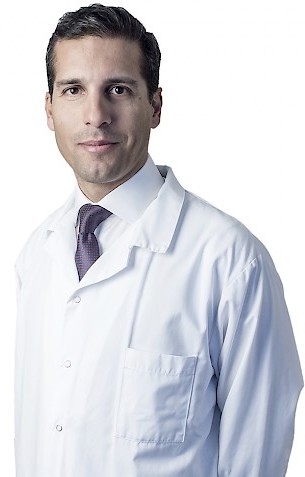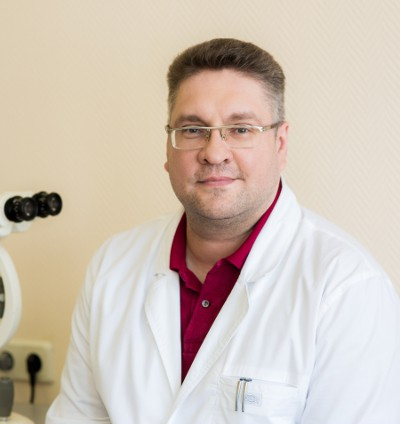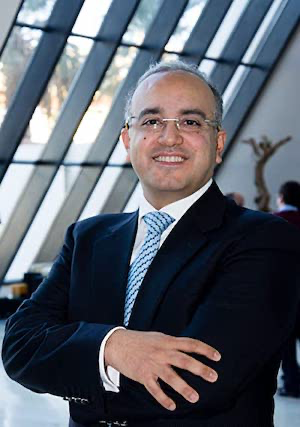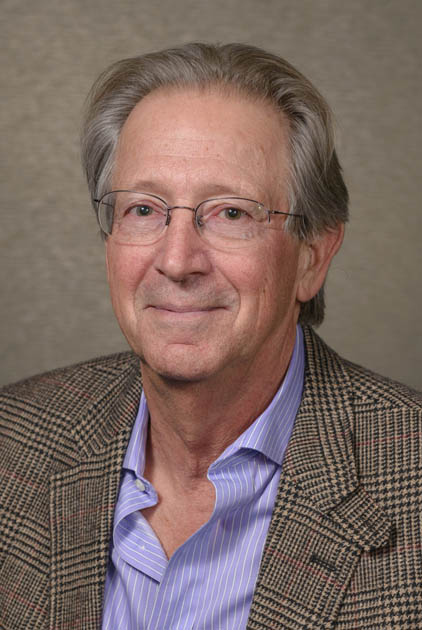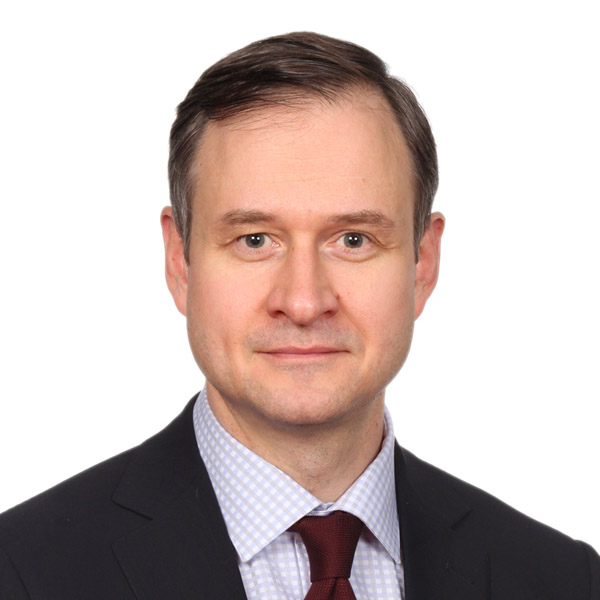

International symposiumControversies in glaucoma
2025
2024
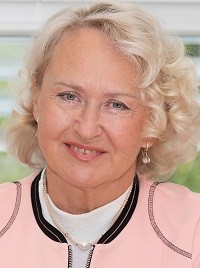
3-PM innovations: what are the perspectives?
Prof. Dr. Olga Golubnitschaja, as President of the European Association for Predictive, Preventive and Personalised Medicine (EPMA), will discuss innovations and perspectives in 3P medicine in her lecture. Over the past 15 years, EPMA has implemented advanced population screening programmes, personalised medical services such as individualised prediction and prognosis, cost-effective prevention, personalised treatments tailored to the person.
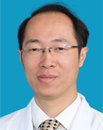
Multi-dimensional imaging model for screening of primary open angle glaucoma
Geng Wang et al. have developed a multi-dimensional imaging model specifically designed to detect primary open-angle glaucoma (POAG) using a convolutional neural network algorithm. The report will present the results from testing the model and explore its clinical applications for detecting POAG, particularly in patients with myopia.
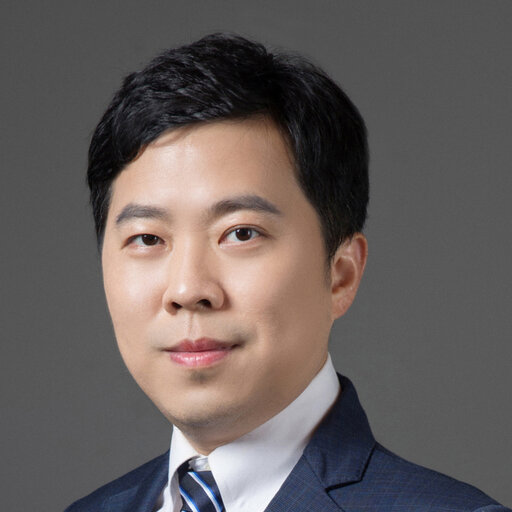
Personalized confidence level of artificial intelligence in predicting retinal diseases
Development of artificial intelligence (AI) technique has allowed for prediction of retinal diseases. Haoyu Chen et al. developed a foundation model with uncertainty estimation (FMUE) to detect 11 retinal conditions. This lecture will present the results of FMUE testing, its comparison with two state-of-the-art algorithms, RETFound and UIOS.
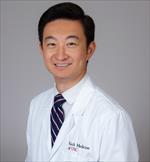
Long-Term Risk and Prediction of Progression in Primary Angle Closure Suspect
In this lecture, Dr. Xu will discuss recent advances in early detection and prevention of primary angle closure glaucoma (PACG). The results of recent scientific studies combining OCT imaging and artificial intelligence to develop novel angle closure detection and risk stratification methods will be presented.
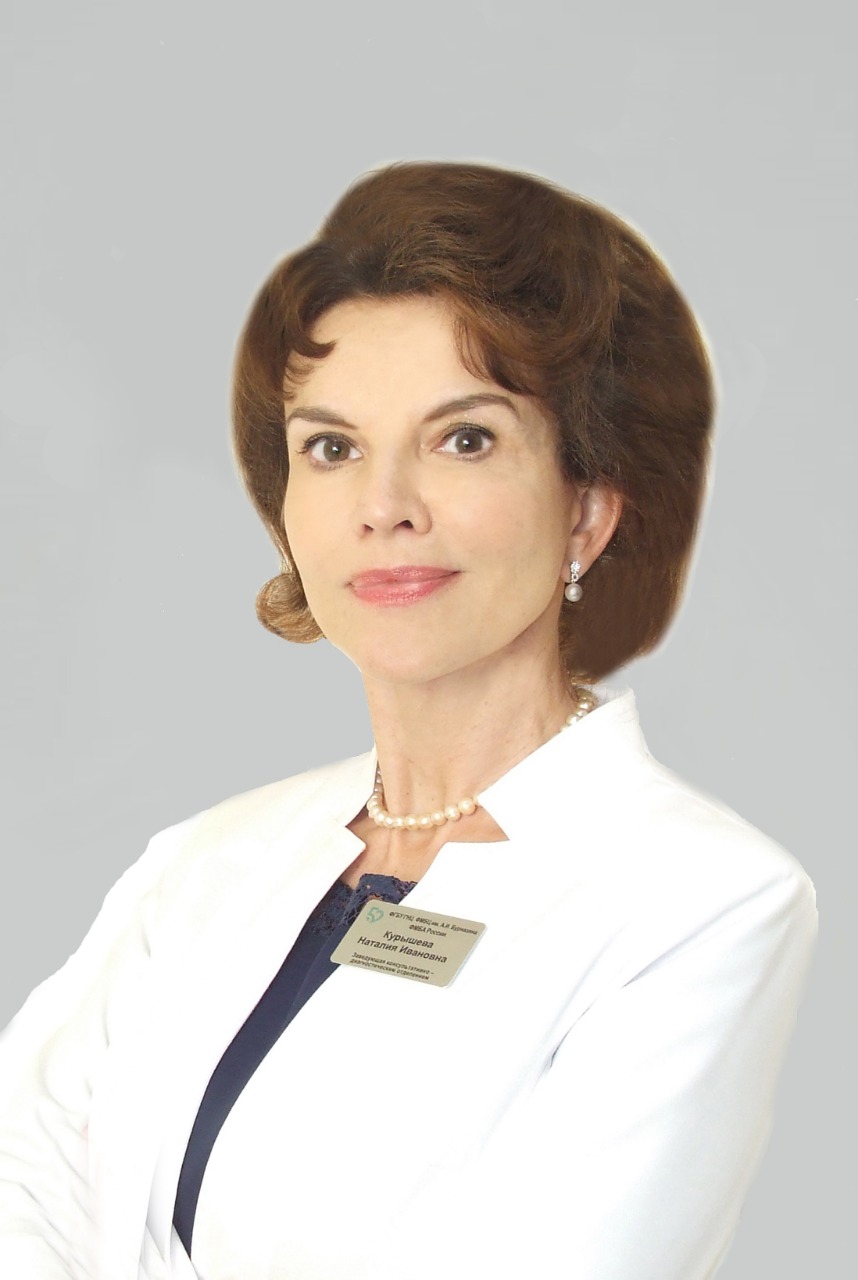
PPP-medicine concepts to glaucoma treatment and monitoring
Currently, the research vector is aimed at developing artificial intelligence algorithms to predict the rate of glaucoma progression. Based on models of neural networks, it is possible to individually predict the course of the disease and choose algorithms for its treatment. The report provides data from our own research on mathematical modeling of a personalized approach to the treatment and monitoring of patients with various forms of glaucoma.
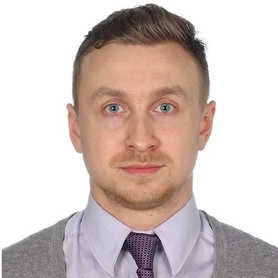
OCT biomarkers for personalized treatment of AMD patients
Currently, the most modern OCT devices provide wide-field visualization of the posterior segment, analysis of retinal microcirculation and morphometry of the anterior segment with high resolution. This leads to the discovery of a large number of biomarkers that require determining their role in clinical decision-making for treatment. Professor Maltsev will discuss the possibilities of personalized treatment options for patients with neovascular age-related macular degeneration using novel biomarkers.

Neuroprotection from the point of 3-PM
Neuroprotective treatment of glaucoma is aimed at preserving visual functions in conditions of normalized ophthalmotonus and involves management of various links in the pathogenesis of glaucoma opticoneuropathy. Based on the existence of various glaucoma phenotypes and individual characteristics of the course of the glaucoma process, the choice of neuroprotective treatment is also individual, based on the concept of 3P medicine. The report provides clinical examples of such approaches.
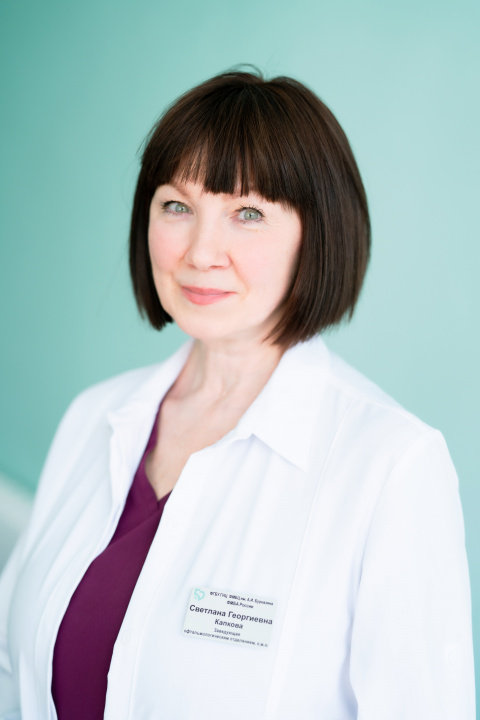
A personalized approach to the treatment and monitoring of patients with AMD and glaucoma
The combination of glaucoma with AMD significantly worsens the course of both diseases. There are many similarities in the pathogenesis of glaucoma and AMD, on the other hand, the risk of side effects in standard treatment in patients with combined pathology is significantly higher. Therefore, an individual approach is especially indicated for this category of patients. The report presents the results of our own research on predicting the effectiveness of anti-VEGF therapy, taking into account this approach.
2023
2022
2021
2020
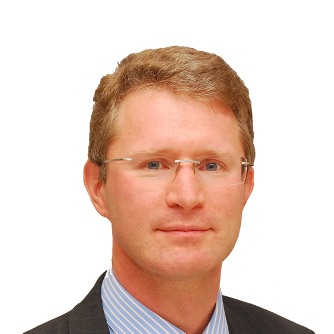
PACG: Epidemiology, prevalence and anatomical risk factors. Do we need to change the classification?
The report provides the definition of the primary angle closure of the anterior chamber and considers natural course of the pathology associated with the development of the primary angle closure (PAC) and primary angle-closure glaucoma (PACG). It presents the results of the population-based studies on the disease prevalence among different age and ethnic groups, describes the anatomical risk factors for the PAC development, including the role of socioeconomic status and various medicines in the pathology development. The report considers genetic syndromes associated with PAC and recent advances in molecular genetics.
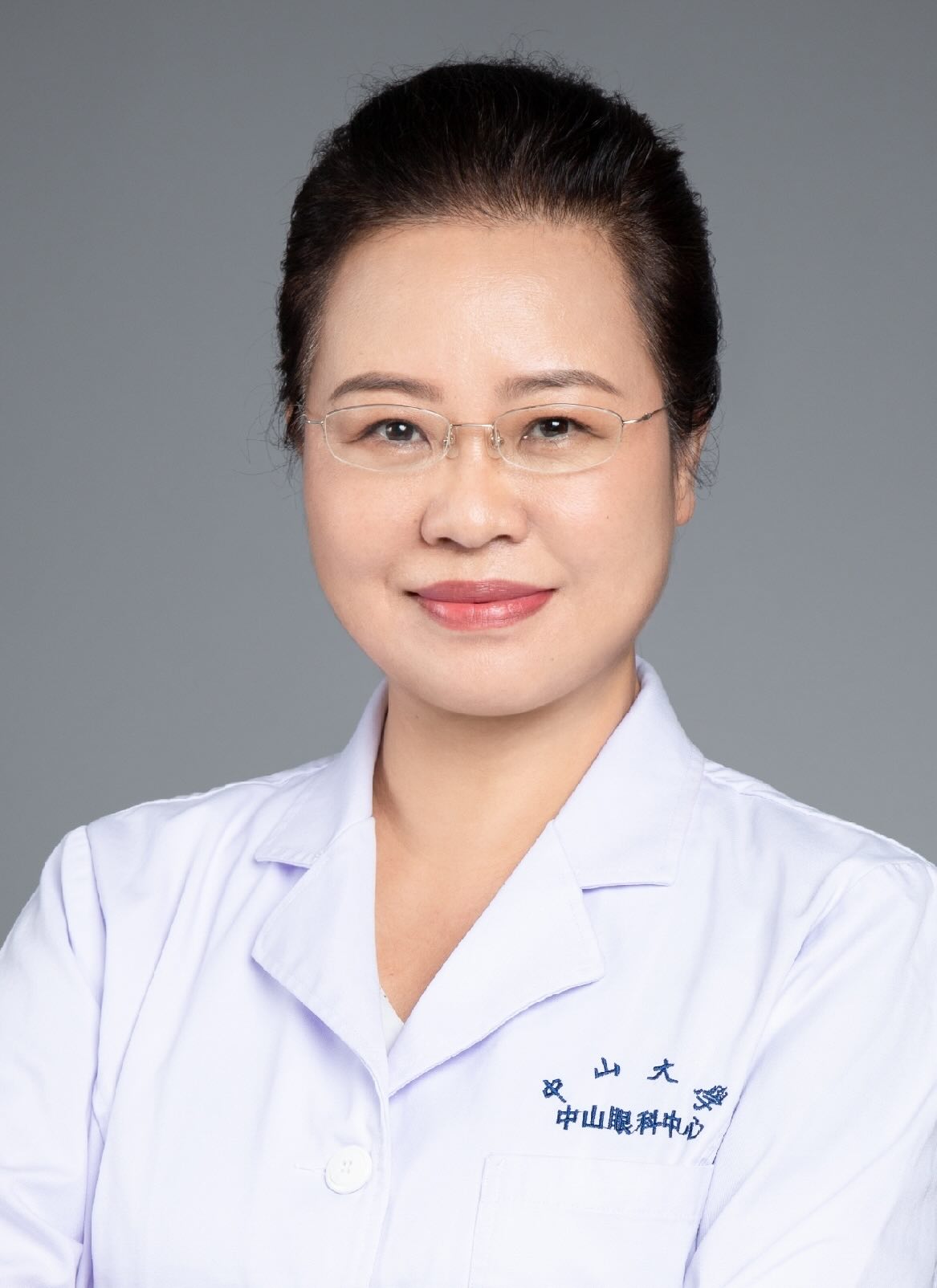
What are the mechanisms of angle closure? Do we consider all of them in the clinical practice?
The report discusses new clinical parameters reflecting the features of the anatomical structures of the eye in case of PAC, obtained with OCT. Particular attention is paid to the role of the choroid and the pathogenesis of plateau iris syndrome. The report considers the role of OCT of the anterior and posterior segment of the eye in determining the treatment strategy in PAC and PACG.

The special features of optic neuropathy and its progression in PACG. What is the role of local medical treatment and SLT?
The report presents clinical study data describing the difference in changes in the optic nerve head, microcirculation and visual fields, as well as the PACG progression rate compared with POAG. It demonstrates the speaker’s own studies data on OCT angiography in PACG, considers the selection of drug treatment choice for PACG in case of insufficient IOP compensation after laser iridotomy (LI), as well as the role of selective laser trabeculoplasty after LI in patients with PACG as compared with POAG.
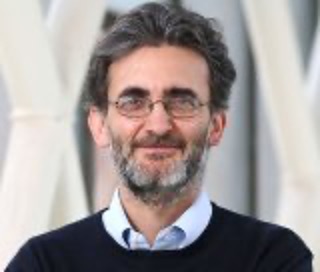
What is a role of LPI and the clear lens extraction in angle- closure glaucoma?
The report examines the results of the EAGLE study and provides the rationale for the treatment strategy choice in PAC and PACG. It demonstrates that replacing a clear lens is more effective for IOP reduction than LI, and is more economically justified in the long term.
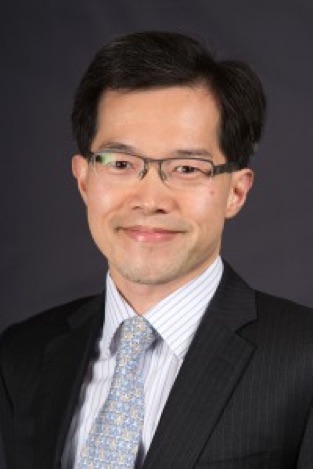
Surgical options for Primary Angle Closure Glaucoma (PACG)
The report provides a classification of various PAC PACG conditions, based on which it is advisable to choose a particular treatment strategy, depending on the features of the anterior chamber angle, the disease stage and the IOP level. It considers modern methods of PACG surgical treatment, including goniosinechiolysis, micropulse and endoscopic cyclophotocoagulation, as well as combined techniques.
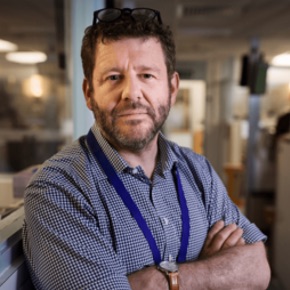
How can we personalize the PACG treatment?
The report discusses the factors influencing the treatment choice in PAC and PACG. It considers in detail the main conditions for laser peripheral iridotomy and clear lens extraction, depending on age, refraction and stage of the disease. The results of the ZAP and EAGLE study are analyzed. The report examines the place of sinus trabeculectomy in the PACG general treatment.
2019

Glaucoma progression: epidemiological studies, risk factors and predictors
The lecture covers the history of the first multicenter studies that have started in the earliest 2000-s. The controversies in this issue and the results of the main multicenter randomized trials are discussed, as well as there is a review of modern glaucoma studies focused on glaucoma pathogenesis with the use of all update visualization and genetics methods. Some projects on this issue are discussed in the presentation of Linda Zangwill (San-Diego, California), who is the coordinator of multicenter glaucoma trials.
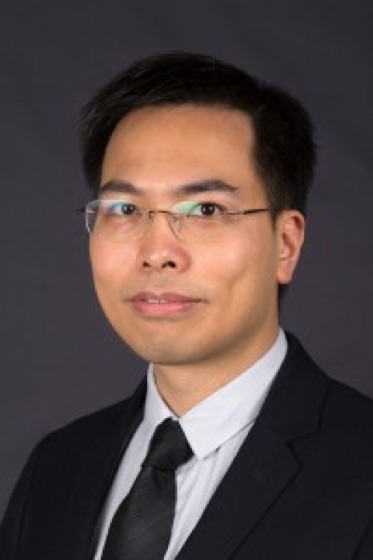
How to detect glaucoma progression? the current concepts
The presentation emphasizes that simultaneous detection of both macular (ganglion cells + inner plexiform layer) and peripapillary retinal nerve fiber layer is a key point of the current concept of glaucoma progression detection. The clinical examples demonstrate that wide-field scanning permits to capture the earliest nerve tissue loss.
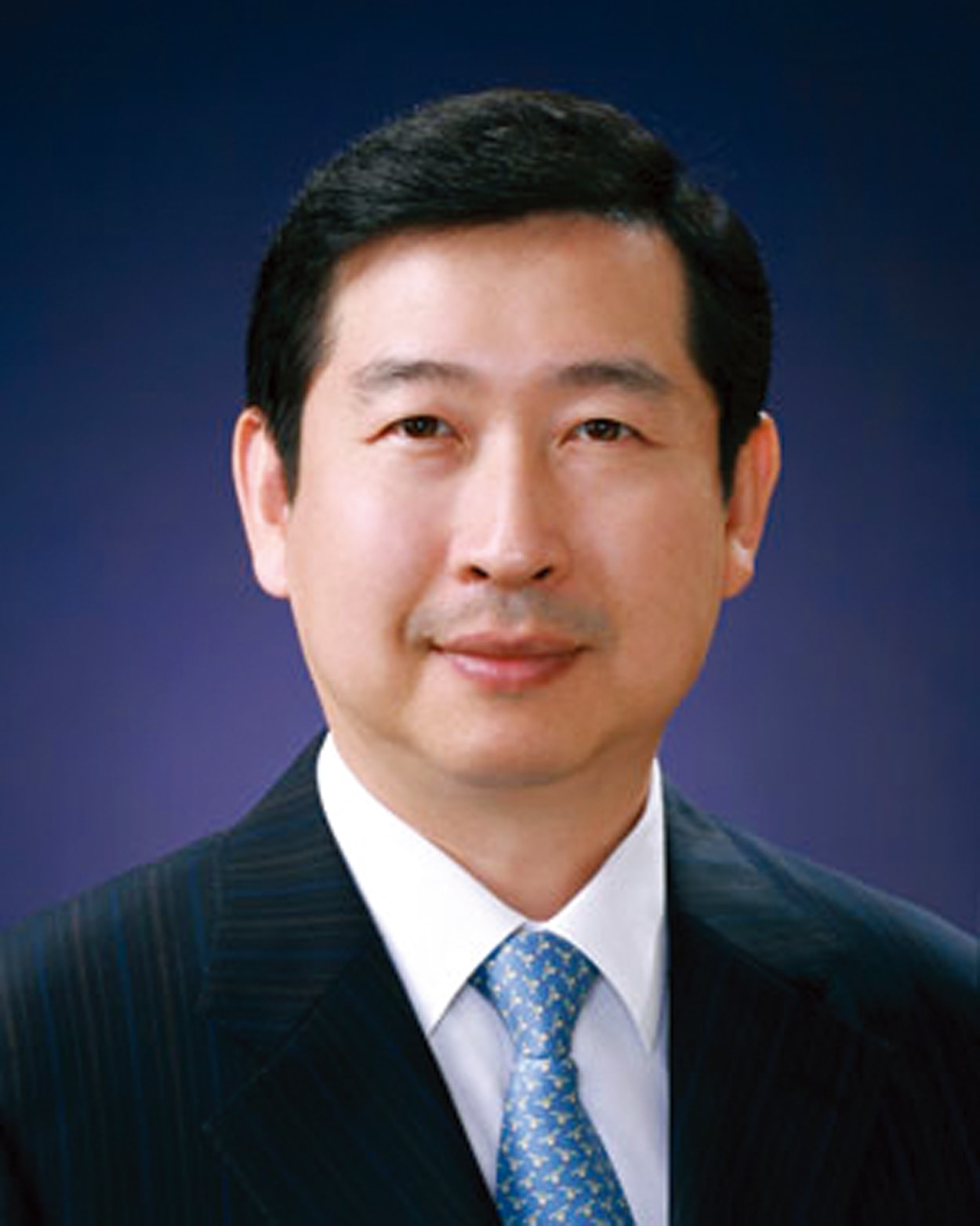
Glaucoma progression: the future options and perspectives
The presentation points out that the earliest changes in glaucoma starts in the inferior macular hemisphere that corresponds to the defects in the superior hemisphere of visual field. This precedes the loss of peripapillary retinal nerve fibers and was obtained in Normal Tension Glaucoma. The perspective methods of glaucoma diagnostics like SWEPT-Source OCT, adaptive optics and artificial intelligence are discussed.
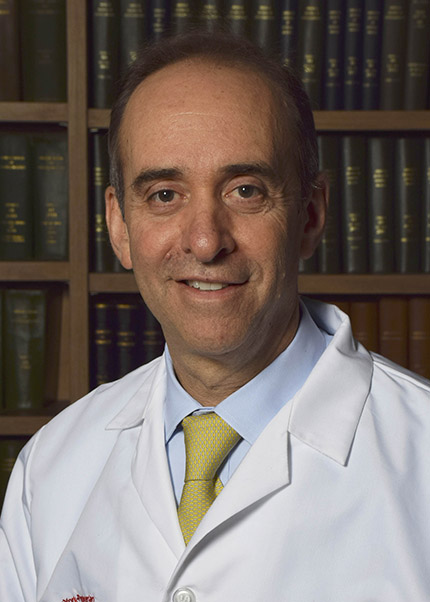
Perfusion, phenotype and progression
The results of the multicenter studies conducted 20 years ago have clearly revealed the role of vascular factors, in particular, ocular perfusion pressure, in glaucoma progression. It has been obtained that anti-hypertensive treatment is a main cause of glaucoma progression. Different phenotypes define a tendency of each patient to a special course of the disease.
2017

Welcome speeches
Welcome speeches by the Head of the Committee on Science and Hi-Tech Industries of the State Duma of the Federal Assembly of the Russian Federation Academician V.A. Chereshnev and by the President of the Russian Society of Cataract and Refractive Surgeons (RSCRS) Prof. V.N. Trubilin. Opening of the Symposium, Presentation of the Lecturers by Prof. Kurysheva N.I.
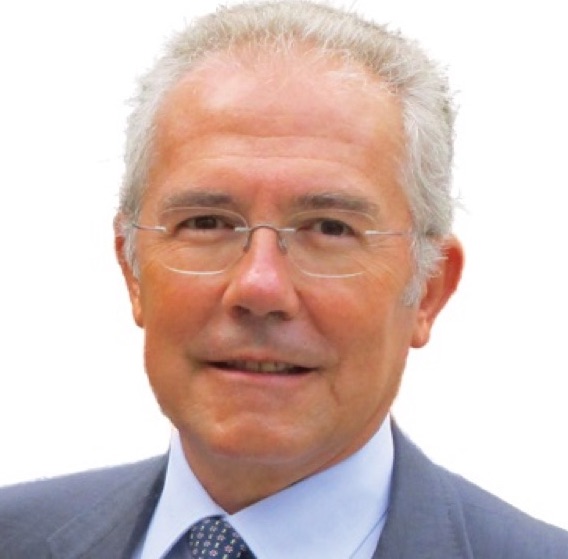
The main discoveries in glaucoma field and the results of the multicenter studies
The report deals with the main randomized multicenter studies in glaucoma and their contribution to practice. Prof. S. Miglior stressed that the main conclusion of these studies is the need to reduce IOP in patients with glaucoma and the absence of such need in ocular hypertension if the risk of glaucoma development is low. The results of modern multicenter studies are presented: UKGTS, EAGLE.

Glaucoma diagnostics and detection of its progression. what is in the future?
The report presents data on the role of ONH and the RNFL studies in the diagnosis and monitoring of glaucoma. The importance of the analysis of trends in the RNFL assessment for forecasting GON progression is underlined.
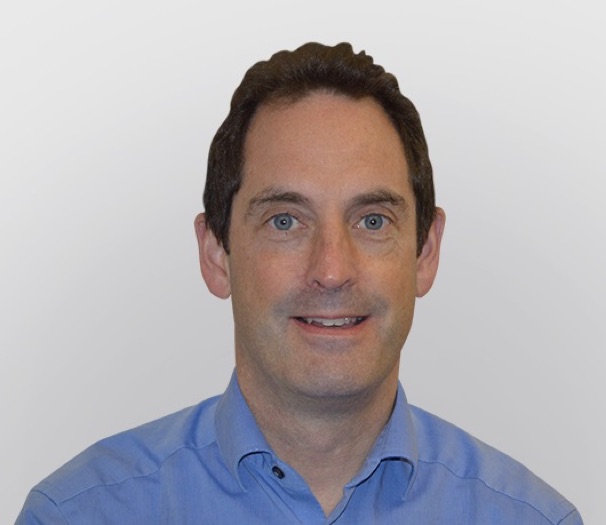
Neuroprotection and neuroregeneration in glaucoma
The report is devoted to neuroprotection and neuroregeneration in glaucoma. The main achievements in the field of stem cell transplantation and the prospects for gene therapy are considered. The role of neurotrophic factors in the glaucoma treatment is underscored and the problems of nerve fiber regeneration are highlighted.
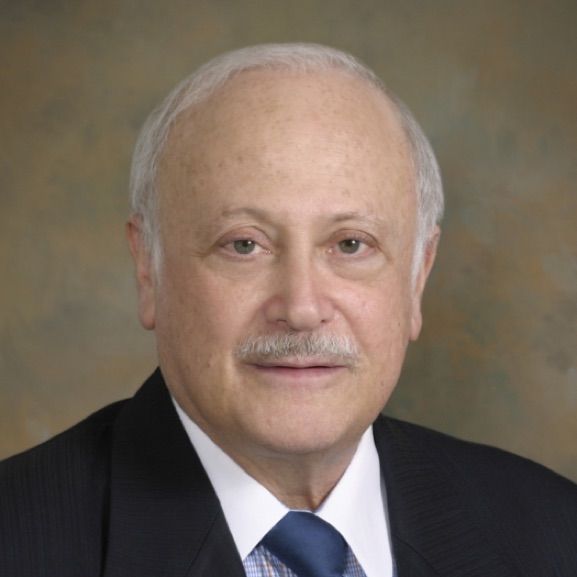
Neuroprotection and neuroregeneration in glaucoma
The lecture covers the history of pseudoexfoliation (PES) discovery, its epidemiology and clinical appearance. The main attention is focused on the pathogenesis including genetics, autophagy, lysosomes, mitochondrial and microtubules dysfunction. The author emphasizes how the recent discoveries in the pathogenesis of PES may change its treatment in the nearest future. Underlying the common features with other disorders, professor Ritch names PES as their ocular manifestation. Thereby in his lecture he discusses the non-IOP- lowering treatment.

Demonstration and discussion of clinical case
In the clinical case presented by Dr. L. Silva, a sudden development of paracentral scotoma in a patient with pseudoexfoliative glaucoma, as a result of Acute Middle Maculopathy caused, according to the speaker, by the application of mydriatics, has been demonstrated.

Angle closure management a logical approach based on angle closure type and mechanisms
The report of Prof. C. Tham considers the main algorithms of PACG treatment depending on the mechanisms of its development, which can be very different: from a flat iris to an increase in the lens size, as well as their possible combination. Record of report Prof. C. Tham published on the official website of the Department of Ophthalmology and Visual Sciences The Chinese University of Hong Kong

The perspectives of laser and medical glaucoma treatment
In her report, Prof. N.I. Kurysheva briefly highlighted the history of the issue and stressed that we are expecting a new tipping point associated with the emergence of fundamentally new groups of drugs, whose action will be primarily directed at activating the forefront outflow tract for intraocular fluid. The speaker also focused on innovative developments in the field of glaucoma laser treatment: micropulse trabeculoplasty, micropulse cyclophotocoagulation and ultrasound cyclodestruction.
2016

Welcome speeches
Welcome speeches by the Head of the Committee on Science and Hi-Tech Industries of the State Duma of the Federal Assembly of the Russian Federation Academician V.A. Chereshnev and by the President of the Russian Society of Cataract and Refractive Surgeons (RSCRS) Prof. V.N. Trubilin. Opening of the Symposium, Presentation of the Lecturers by Prof. Kurysheva N.I.
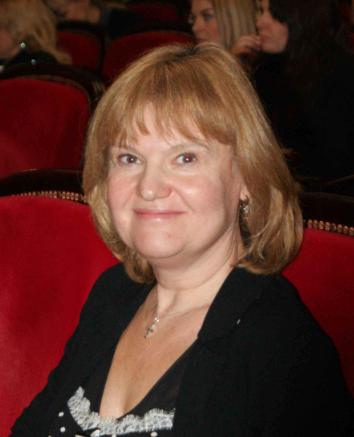
Primary Glaucoma Monitoring and Risk Factors: Which of Them Have the Priority?
The report provides an analysis of systemic and local risk factors for the glaucoma development. The major risk factors are age, sex, race, heredity, features and anomalies of the eye structure, IOP, vascular disease in past medical history, pathology of the endocrine and nervous systems. Glaucoma is not just a disease involving the visual analyzer, but a manifestation of systemic disorders.
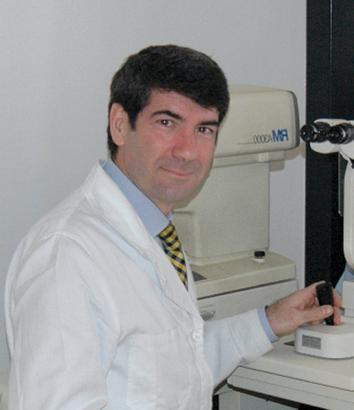
Monitoring of the Primary Open-Angle Glaucoma: Are the Standards Feasible?
According to the recommendations of the European Glaucoma Society (EGS), there are certain algorithms of diagnostic and monitoring of patients with glaucoma. They are taken as standards and significantly facilitate the work of practicing physicians. However, they may not always be suitable for a specific patient. In each case it is necessary to take into account the presence of risk factors and disease progression. In addition, modern diagnostic methods, while expanding our understanding of the disease pathogenesis and allowing early identification and detection of the progression, are not devoid of artifacts that should also be considered.
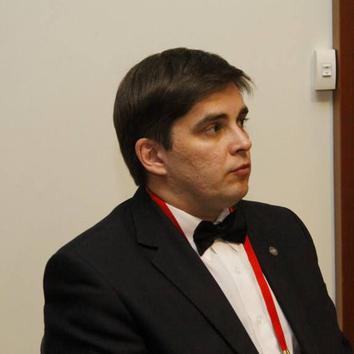
Monitoring of the Pseudoexfoliative Glaucoma: Are There Special Issues?
Recently, pseudoexfoliation glaucoma (PEG) has become of particular interest to researchers due to several factors. In the first place, it is the clinical significance of the disease, which is more severe, with progressive visual functions’ degradation, relative resistance to drug treatment, the nuances of intra- and postoperative periods of glaucoma surgery, etc. stipulating eventually the worst prognosis in comparison with the other forms of glaucomatous process. Epidemiological characteristics of pseudoexfoliative process, allowing enlisting the Central Region of Russian Federation to the areas with a high prevalence of the disease, are of great importance. Finally, we have obtained new data (in particular such fundamental data as genetic, biochemical, immunological, and pathophysiological) representing the specificity of PEG. This allows considering PEG not only as a kind of open-angle glaucoma, but as a special form of the disease requiring, in addition to the standard technologies, the development of qualitatively new specific approaches to the early diagnosis, monitoring, medical and surgical correction.

Monitoring of the Normal-Tension Glaucoma: Is Blood Flow of the Eye the Key Point?
Although a form of primary open-angle glaucoma, normal-tension glaucoma (NTG) has many features relating to the pathogenesis and diagnosis and treatment strategy. The report will discuss aspects of differential diagnostics of NTG with other diseases of the central nervous system and endocrine disorder. Particular attention will be paid to the role of circulatory disorders in NTG and the unresolved issues of NTG monitoring.

Monitoring of the Angle-Closure Glaucoma: Several Most Controversial Problems
Angle-closure glaucoma (ACG) is a very special form of primary glaucoma, which requires a doctor’s specific and timely action. It is not always easy to make a right decision. This applies, for example, to the choice of replacing the crystalline lens or conducting combined operations (phacoemulsification cataract surgery and sinus trabeculectomy). The report will disclose algorithms of diagnostics and choice of treatment strategy with focus on controversial issues of ACG monitoring. Also the results of multicenter studies and examples of specific patients will be considered.
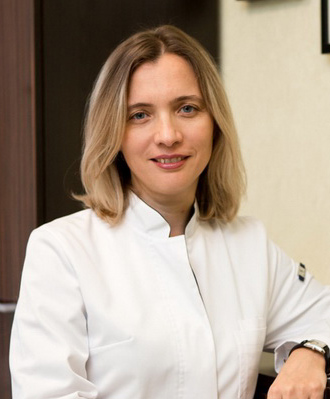
Monitoring of Comorbidity (Age-Related Macula Degeneration + POAG): Are Standard Approaches Appropriate?
The report gives a contemporary view on the development and course of age-related macular degeneration and glaucoma. The problem of intravitreal injections of anti-VEGF drugs at an elevated IOP and the possible impact on the glaucomatous optic neuropathy have been considered as a separate problem.

Monitoring of various forms of glaucoma: “What? When? Why?” (interactive session with the regions)
The interactive part of symposium was devoted to the results of the International Questionnaire. More than 500 ophthalmologists from 35 countries participated in the symposium and answered the questions on glaucoma monitoring. The discussion of the Questionnaire, designed by Professor Kurysheva, became particularly interesting when the global leading glaucoma specialists joined it: Shmetterer L. (Austria-Singapore), Pfeiffer N. (Germany), Gugleta K (Switzerland), Van Keer K (Belgium). The Russian experts (Kuroedov A., Iomdina E., Petrov S., Loscutov I., Antonov A.) and the colleagues from the regions of the Russian Federation (Samara, Kazan, Perm, Voronezh, Astrahan) took part in the discussion as well.




